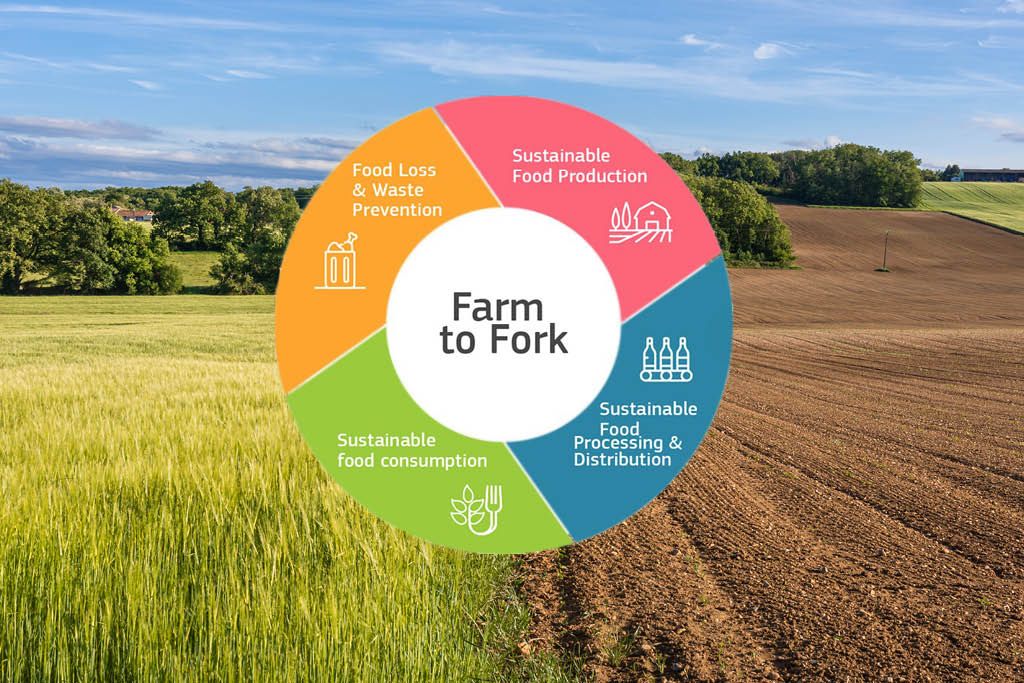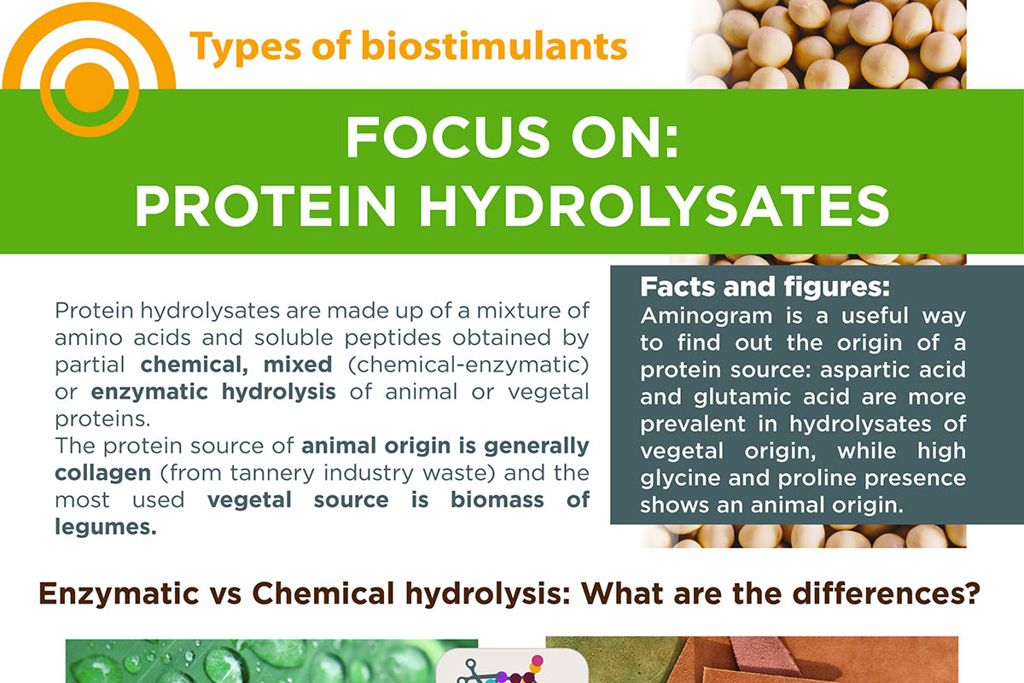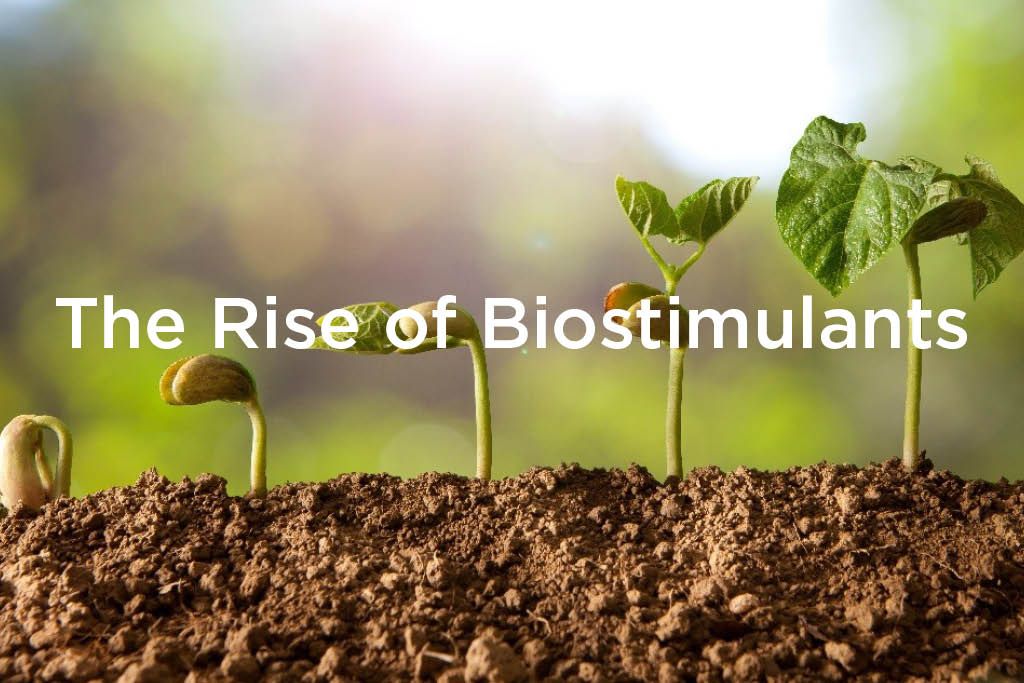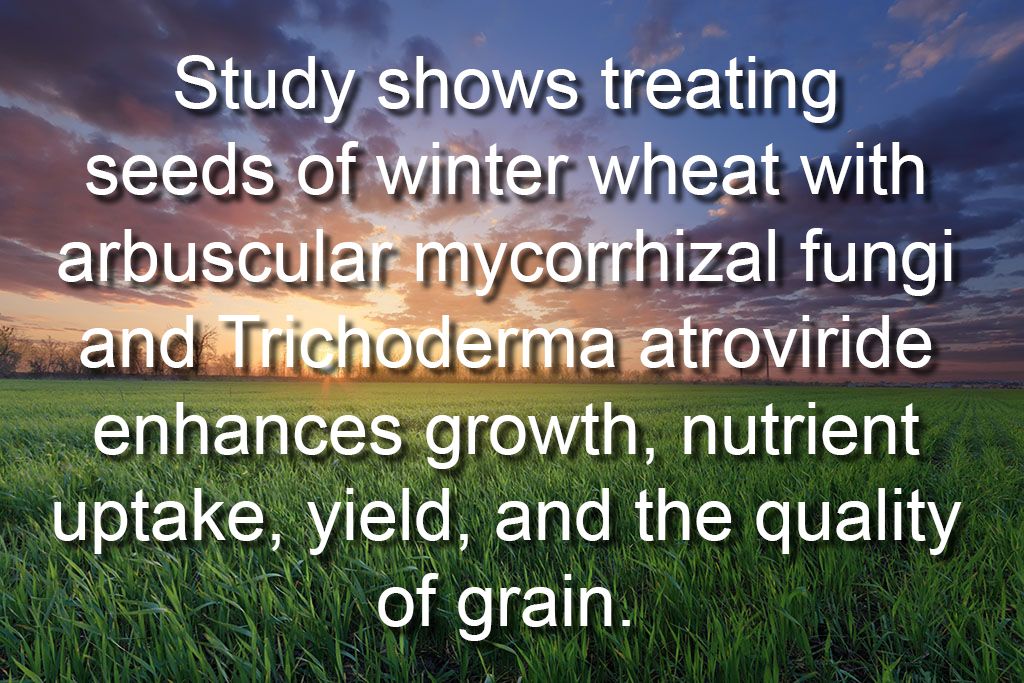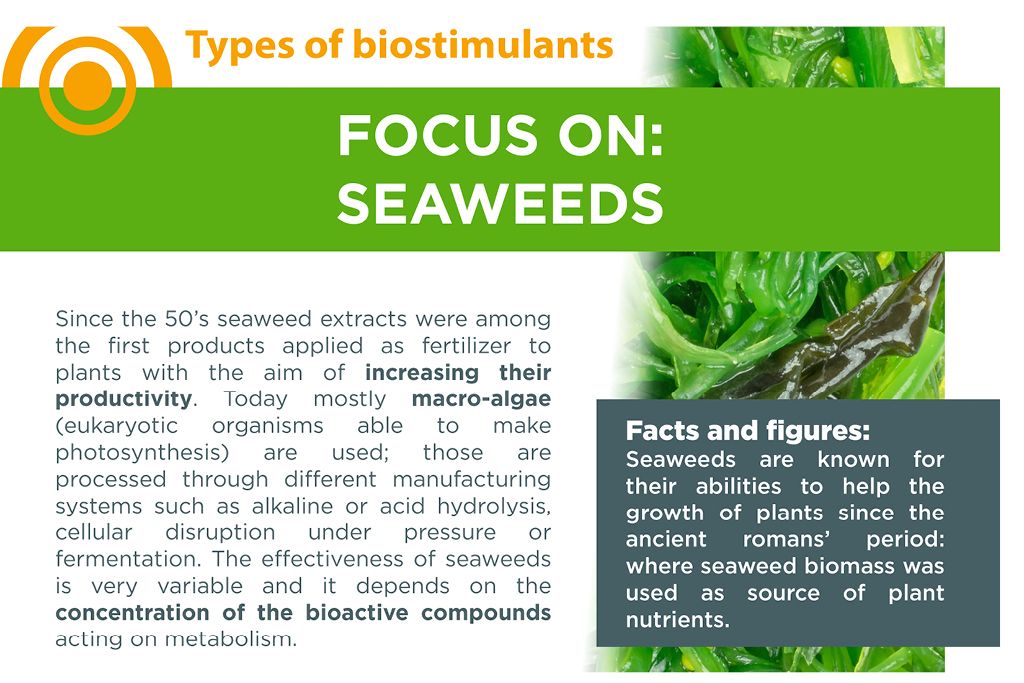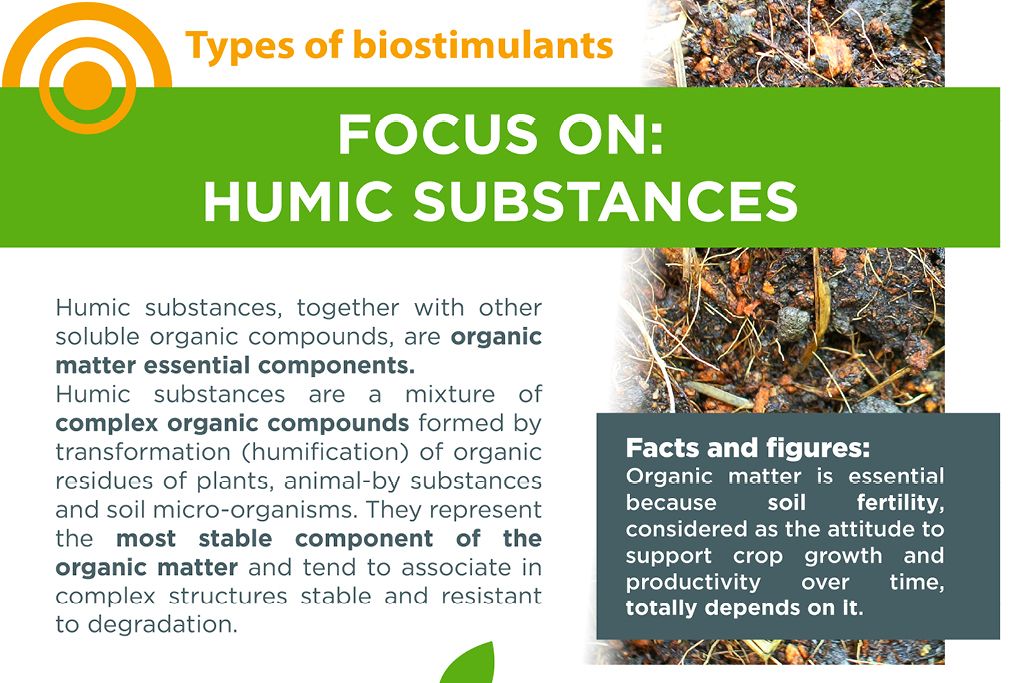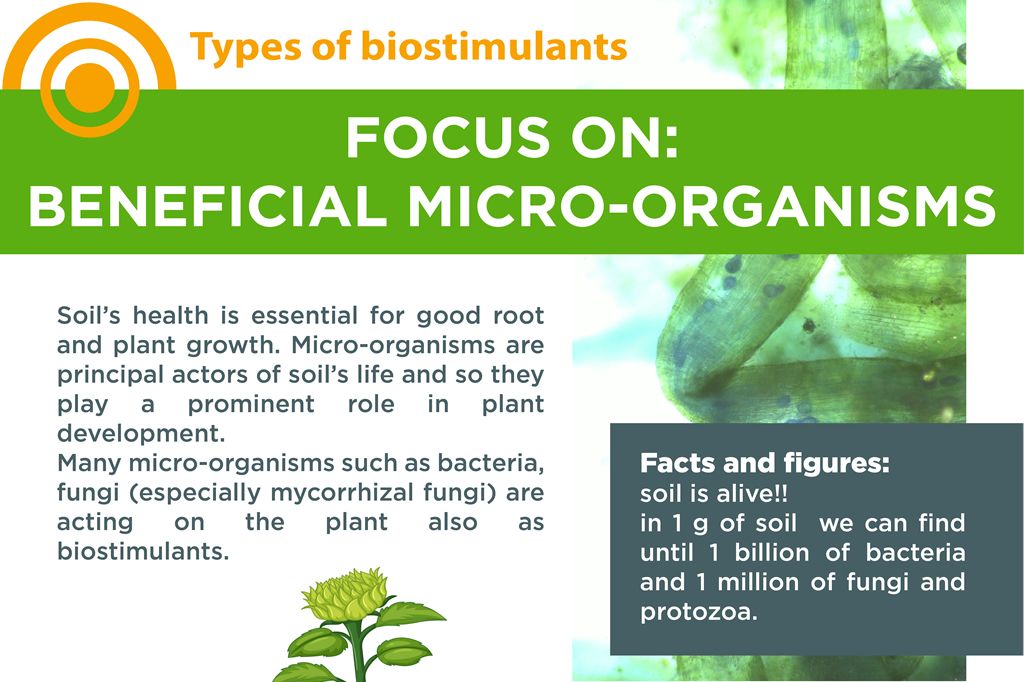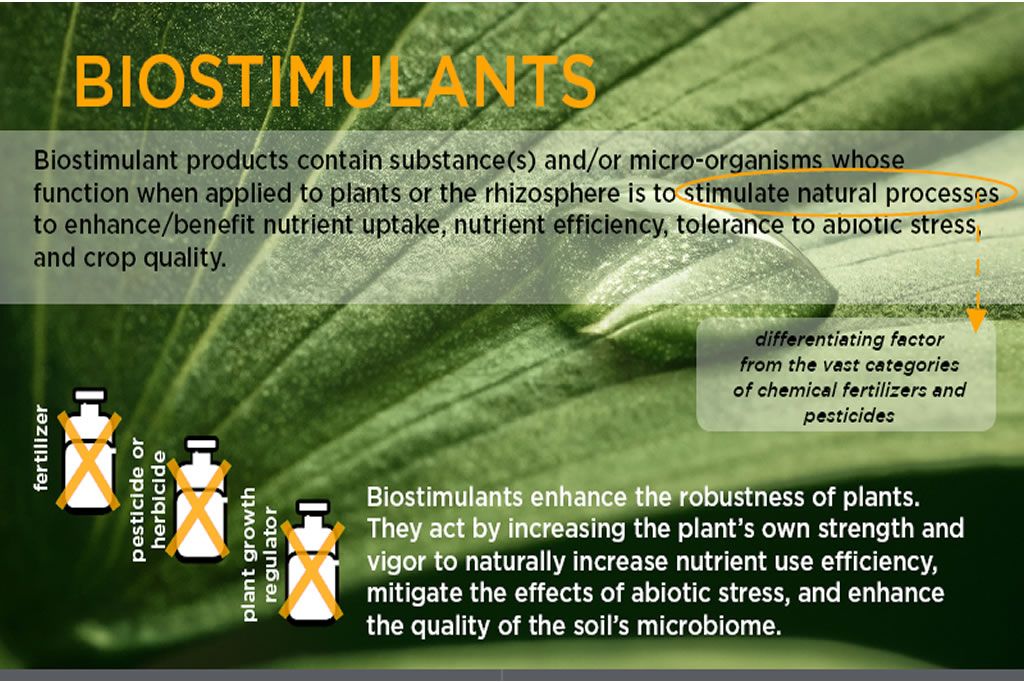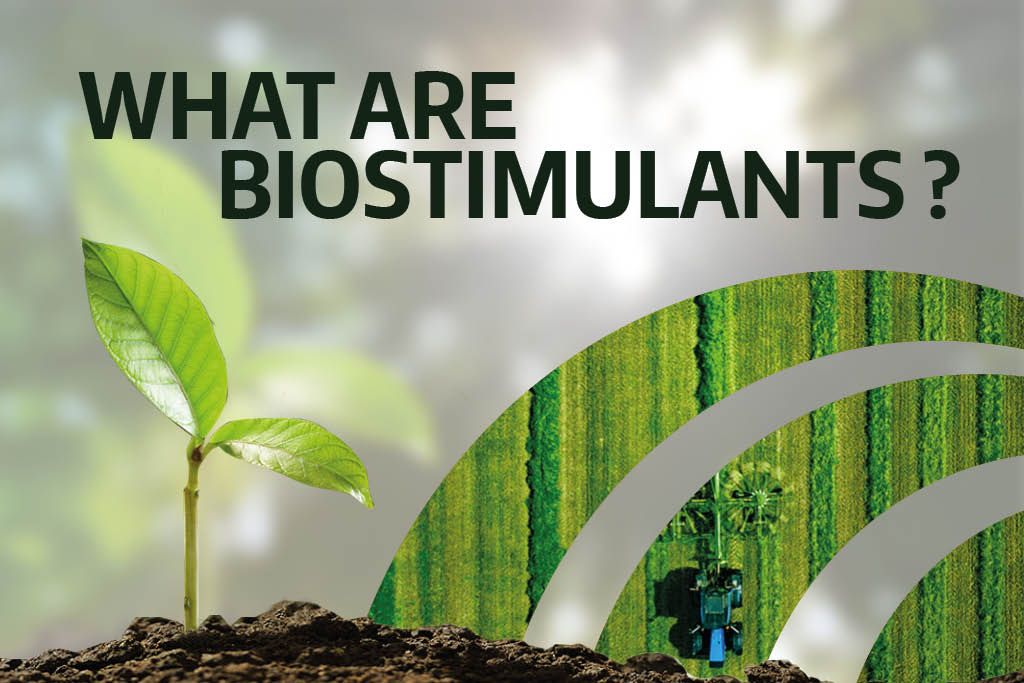BLOG #16
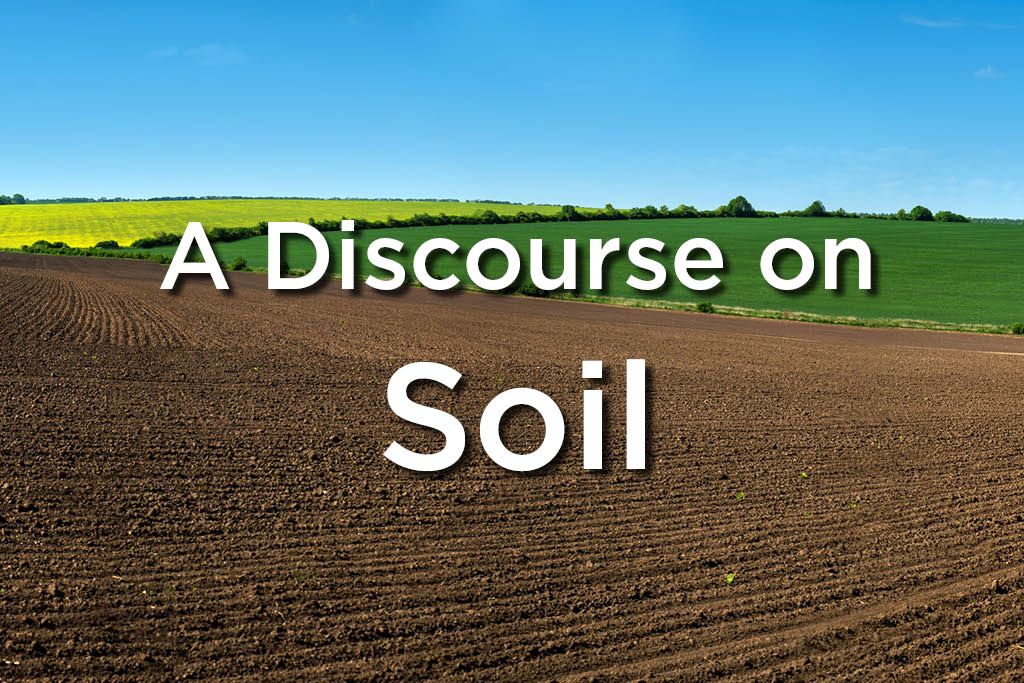
There is much discussion about the need to protect against soil degradation and rejuvenate the quality of soil in global agriculture and the role biostimulants can play. Considering the critical state of soil and its essentiality to life, we thought it would be interesting to present a series of posts on this topic.
In 2016, the United States’ Subcommittee on Ecological Systems, Committee on Environment, Natural Resources, and Sustainability of the National Science and Technology Council prepared a report presenting the “The State and Future of U.S Soils.” While this report is specific in region, there is much to glean as regions worldwide share the same threats and challenges. This blog post will look at some of what is presented in that report, and it will lay the foundation for interesting follow-up posts where we can get more specific about various biostimulants and the opportunity they present for the protection and improvement of soils.
“Under natural conditions, one inch of topsoil can take 500 years or more to form.” 1
Soil Degradation
The United States, like every region, has soil types that have formed over the years in response to local climate and hydrology, biological activity, topography, and other soil-forming factors. And each soil type varies in how it degrades or regenerates in response to management practices. Soil must be protected from degradation; otherwise, important ecosystem services are jeopardized. Among other things, soil degradation reduces soil available for food production, carbon sequestration, and water efficiency. According to the report, degraded soils “can sometimes be remediated with improved management practices or soil amendments such as organic matter to alleviate physical or chemical limitations,” while also noting that “degraded soils can take hundreds or even thousands of years to recover naturally.” 2
Soil Loss
Soil loss through erosion – both wind and water, can be extreme. Soil is alive with a microbial community. The microbiome needed for healthy and functional soil varies by location and use. Replacing lost soil with soil from another location will not be enough to restore its function.
In the United States, the estimated erosion rate is an average of 4.6 tons per acre per year.3 Soil formation rates cannot, on their own, offset the current rates of soil losses due to erosion. It is not easy to quantify the rates of soil formation, as they are highly variable. The report suggests that average soil formation rates are close to 0.5 tons per acre per year. 4,5 This illustrates that relying on natural soil formation alone to compensate for high soil loss rates in agriculture is not possible.
Variability in Soils
There are 12 “soil orders,” each possessing characteristics that govern their ecosystem services and responses to management practices. The ecosystem services provided by soil vary by land uses, yet a common need exists for management strategies that protect against negative effects for the future. The report points out that, while the primary objective of working lands (cropland, pastures, rangeland, and much of the nation’s forest land) is to provide food and fiber, “the most significant challenge is to minimize negative effects such as soil erosion and loss of organic matter as well as unintended on- and off-site environmental risks resulting from inappropriate application of agricultural inputs such as fertilizers and pesticides.”
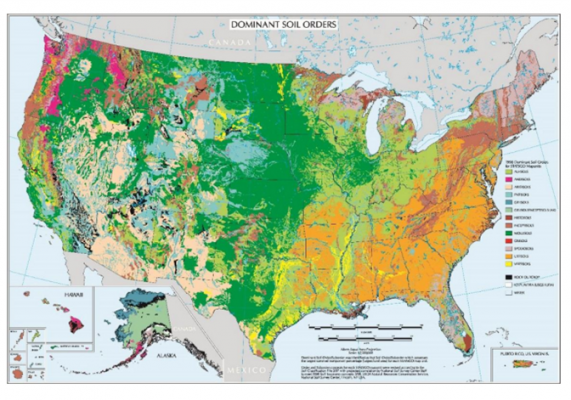
Figure 1- Soil Orders of the United States. Source: USDA NRCS
Mollisols are a soil order that is generally formed under grassland vegetation and contains high organic matter levels that store large amounts of carbon and other nutrients essential for plant growth. They are among the most productive soils globally6 and comprise approximately 22% of the land area in the United States – yet less than 7% of the global land area.7 By contrast, only about 16% of Africa’s soils are optimal for crop and livestock production.8,9 The vast majority of Africa soils are challenged with low organic matter levels or high acidity, making it difficult for successful crop production.
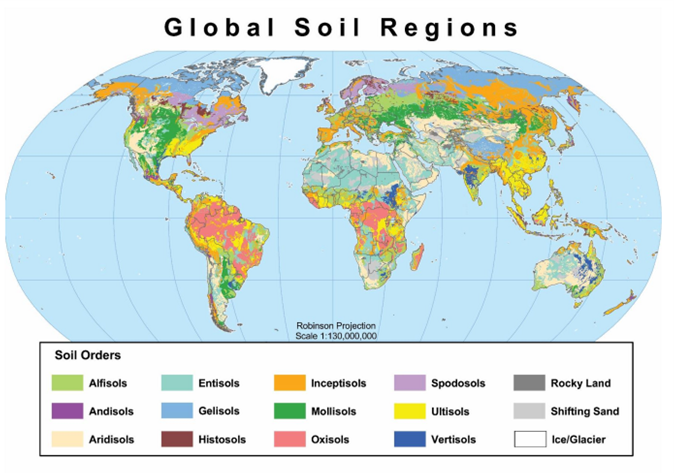
Figure 2 – Global Soil Orders. Source: USDA NRCS
Threats and Challenges
While, in agriculture, we often associate the vitality of soils categorically as it relates to crop production, the report upon which this post is based takes a broader look at the role of soil in safeguarding not only food production but also water quality and availability, ecological biodiversity, and mitigation of climate change. Three categories were identified as key threats:
- Land-Use and Land-Cover Change: Land use changes have been driven by population growth and movement, an increasing urban footprint, changing demands on water and land, changing public and consumer preference, and economic pressures on land managers. The changes in land management practices that accompany these shifts can result in degraded hydrologic function, contamination, salinization, and compaction of soils. Nutrient and carbon levels and microbial and invertebrate communities are also impacted.
- Unsustainable Land Management Practices: Degradation of soils due to poor land management practices is a significant anthropogenic threat. Unsustainable practices affect soil ecosystem services across all soil uses and types – many specific to agricultural soil. Soil biota are involved in all major nutrient and biogeochemical cycles, including carbon, nitrogen, and phosphorus cycles, therefore influencing plants’ nutritional status, the flux of atmospheric gases, carbon sequestration, and water quality. 10,11,12 Proper biomass management is important for the survival of the biological community. In addition, poor biomass management can adversely affect soil structure, carbon, and water retention.
- Climate and Environmental Change: Climate and environmental change significantly impact the soil processes, function, and loss, including the potential for carbon sequestration. Higher soil temperatures and soil moisture changes could lead to higher carbon and greenhouse gas release through soil organic-matter decay.13 Droughts caused by climate change would limit plant productivity and the resulting carbon inputs into the soil. Increases in erosion from wind and rain could also result. Changes in the distribution of invasive species potentially affect soil pH and structure, biotic diversity, moisture levels, water retention capacity, and nutrient cycling.14,15,16,17
What were the opportunities identified to address these threats and challenges? As you would expect – Research, Technology, Land Management, and Social Science. It is an excellent time to bring biostimulants to the forefront of this discussion. You can read the whole report here: https://obamawhitehouse.archives.gov/sites/default/files/microsites/ostp/ssiwg_framework_december_2016.pdf
(1) USDA Natural Resources Conservation Service (2003). Fact Sheet: What on Earth Is Soil? Retrieved from https://www.nrcs.usda.gov/Internet/FSE_DOCUMENTS/nrcs144p2_002430.pdf
(2) R. Lal and B.A. Stewart (1992). Advances in soil science: soil restoration. Vol. 17.
(3) USDA Natural Resources Conservation Service (2012). National Resources Inventory: 2012 Summary Report.
(4) F.G.A. Verheijen, R.J.A. Jones, R.J. Rickson, C.J. Smith (2009). Tolerable versus actual soil erosion rates in Europe. Earth-Science Reviews, 94, pp 23—38.
(5) United Nations Food and Agriculture Organization (2015). Status of the World’s Soil Resources. Retrieved from http://www.fao.org/3/a-i5199e.pdf.
(6) University of Idaho, College of Agricultural and Life Sciences (N.A.). Mollisols. Retrieved from https://www.uidaho.edu/cals/soil-orders/mollisols
(7) University of Idaho, College of Agricultural and Life Sciences (N.A.). Mollisols. Retrieved from http://www.cals.uidaho.edu/soilorders/mollisols.htm.
(8) USDA Natural Resources Conservation Service (1997). Soil Quality and Soil Productivity in Africa. Retrieved from https://www.nrcs.usda.gov/wps/portal/nrcs/detail/soils/use/?cid=nrcs142p2_054024.
(9) H. Eswaran, R. Almaraz, P. Reich, P. Zdruli (1997). Soil Quality and Soil Productivity in Africa. Journal of Sustainable Agriculture, 4, pp 75—90.
(10) R.M. Lehman et al. (2015). Soil biology for resilient, healthy soil. Journal of Soil and Water Conservation, 70(1), 12A—18A.
(11) European Commission Joint Research Center (2016). Global Soil Biodiversity Atlas. Publications Office of the European Union.
(12) USDA Natural Resources Conservation Service (1998). Soil Quality Resource Concerns: Soil Biodiversity. Retrieved from https://www.nrcs.usda.gov/Internet/FSE_DOCUMENTS/nrcs142p2_050947.pdf.
(13) U.S. Global Change Research Program (2014). Climate Change Impacts in the United States: U.S. National Climate Assessment.
(14) Jordon, N.R., D.L. Larson, and S.C. Huerd. 2008. Soil modificatiton by invasive plants: effects on native and invasive species of mixed-grass prairies. Biological Invasions 10: 177-190
(15) Lilleveskov, E., M. A. Callaham, Jr., R. Pouyat, J.E. Smith, M. Castellano, G. Gonzalez, D.J. Lodge, R. Arango, and F. Green. 2010. Invasive soil organisms and their effects on below ground processes. Pages 67-83 in Dix, M.E. and K. Britton (eds). Dynamic Invasive Species Research Vision: Opportunities and Priorities 2009-29. Gen. Tech. Rep. W-O79/83. Washington, D.C., USA. USDA Forest Service, Research and Development.
(16) J.K. Reaser, L.A. Meyerson, Q. Cronk, M. De Poorter, L. G. Eldrege, E. Green, M. Kairo, P. Latasi, R.N. Mack, J. Mauremootoo, D. O’Dowd, W. Orapa, S. Sastroutomo, A. Saunders, C. Shine, S. Thrainsson, and L. Vaiutu. 2007. Ecological and socio-economic impacts of invasive alien species on island ecosystems. Environmental Conservation 34: 98-111.
(17) Council for Agricultural Science and Technology (CAST) (2002). Invasive pest species: impacts on agricultural production, natural resources, and the environment. Washington, D.C., USA. Retrieved from http://www.iatp.org/files/Invasive_Pest_Species_Impacts_on_Agricultural_.htm.


